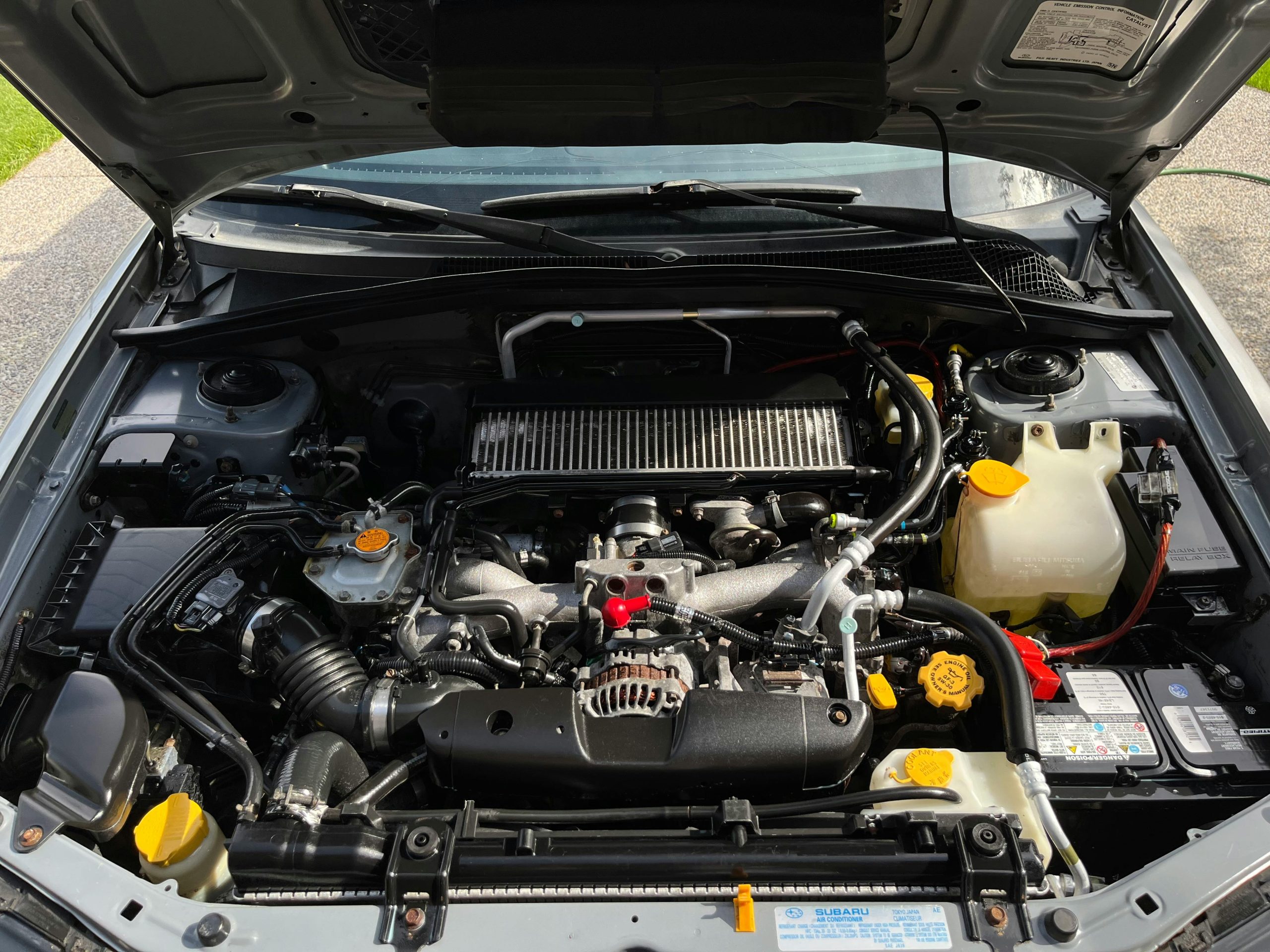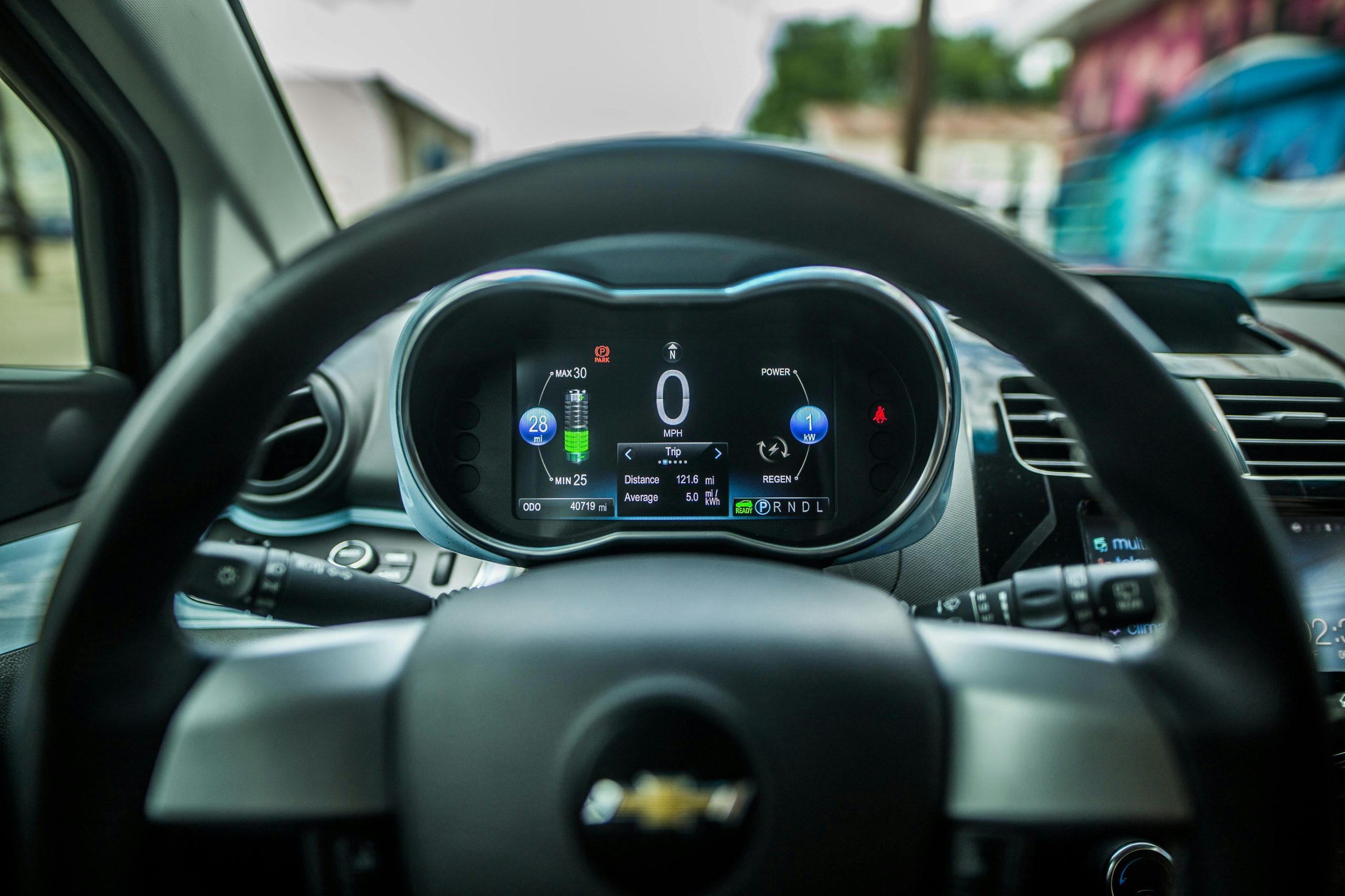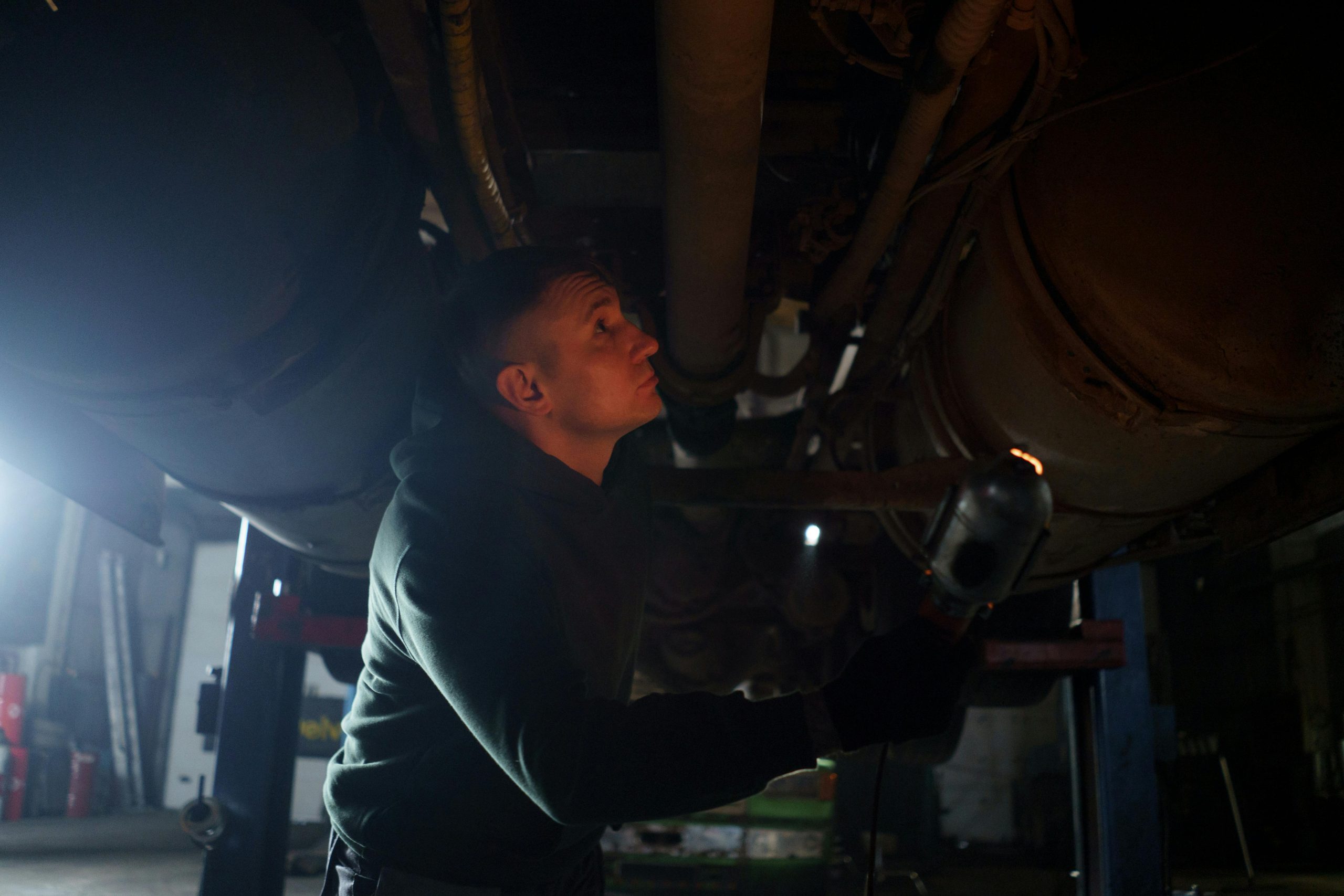Driving in the winter without a working car heater can be uncomfortable and even dangerous.
If you’ve ever wondered, “Why isn’t my heat working in my car?” you’re not alone. Car heaters can fail for several reasons, ranging from simple fixes to more complicated issues.
In this guide, we’ll explore the most common reasons your car heater might not be working and what you can do to fix it.
How Does a Car Heater Work?
Before diving into the problems, it helps to understand how your car’s heater operates. The system uses heat from the engine’s coolant to warm up the air inside your car. Coolant circulates through the engine, absorbing heat, and then passes through a heater core.
The heater core acts like a small radiator, and the fan blows warm air into your cabin. If any part of this process is disrupted, you’ll notice your heater isn’t working properly.
Common Reasons Your Car Heater Isn’t Working
1. Low Coolant Levels
Low coolant is one of the most common reasons for a car heater to stop working. Without enough coolant, there’s not enough heat to transfer to the heater core.
How to Fix It:
- Check your coolant levels by looking at the reservoir under the hood.
- If it’s low, top it off with the correct type of coolant for your vehicle.
- Inspect for leaks, as low coolant often points to a larger problem.
2. Faulty Thermostat
The thermostat controls the flow of coolant through your engine. If it’s stuck open, the engine might not get warm enough to provide heat. If it’s stuck closed, the engine can overheat, causing more significant issues.
How to Fix It:
- Replace the thermostat. It’s a relatively inexpensive part, but depending on your car, it may require some mechanical know-how.
3. Clogged or Broken Heater Core
A heater core can get clogged with debris or corrosion, which prevents the warm coolant from passing through efficiently. In some cases, the heater core may develop a leak, leading to low coolant levels.
How to Fix It:
- If it’s clogged, try flushing the heater core using a hose and a cleaning solution.
- For leaks, you’ll need to replace the heater core. This is a more complicated repair and might require professional help.
4. Blower Motor Issues
The blower motor is responsible for pushing warm air from the heater core into your car’s cabin. If the motor fails, you might feel no air or very little air coming out of the vents.
How to Fix It:
- Check the blower motor fuse and replace it if necessary.
- If the motor itself is broken, it will need to be replaced.
5. Air Pockets in the Cooling System
Sometimes, air pockets can form in the cooling system, disrupting the flow of coolant. This can lead to uneven heating or no heat at all.
How to Fix It:
- Bleed the cooling system to remove air bubbles. Many cars have a bleed valve near the thermostat housing or radiator.
6. Broken Controls or Blend Door Actuator
The blend door directs air over the heater core or the air conditioning evaporator to adjust the temperature. If the actuator that controls the blend door breaks, you might not get warm air even if the rest of the system is working.
How to Fix It:
- Test the blend door actuator by switching between hot and cold air settings. If you don’t hear a change, the actuator might be faulty and will need replacing.
7. Electrical Problems
Heaters rely on electrical components like switches, fuses, and relays. A failure in any of these can disrupt the heater’s operation.
How to Fix It:
- Inspect the fuses and relays associated with the heater system.
- Replace any faulty components.
Preventative Maintenance Tips
Keeping your car’s heater in good condition is easier with regular maintenance.
Here are a few tips to prevent issues:
- Check Coolant Levels Regularly: Make sure your coolant is at the recommended level and replace it according to your car’s maintenance schedule.
- Flush the Cooling System: Flushing the system every few years can remove debris and prevent clogs in the heater core.
- Inspect Belts and Hoses: Ensure all belts and hoses in the cooling system are in good condition.
- Address Problems Early: Don’t ignore minor heater issues; they can escalate into costly repairs.
When to Seek Professional Help
While some car heater issues can be fixed with a little effort, others might require professional expertise. If you’re unsure about diagnosing or repairing the problem, take your car to a trusted mechanic.
Issues like a leaking heater core or major electrical problems can be challenging to fix without proper tools and experience.
Final Thoughts
Your car’s heater is essential for comfort and safety during cold weather. If you’re asking, “Why isn’t my heat working in my car?” start with the basics like checking coolant levels and inspecting the thermostat.
With the information in this guide, you’ll be better equipped to diagnose and fix the problem or know when to call a professional.
Don’t let a faulty heater ruin your winter drives; address the issue promptly and stay warm on the road.




One Response
Thanks, that was very informarive, I will be doing checks tomorrow.